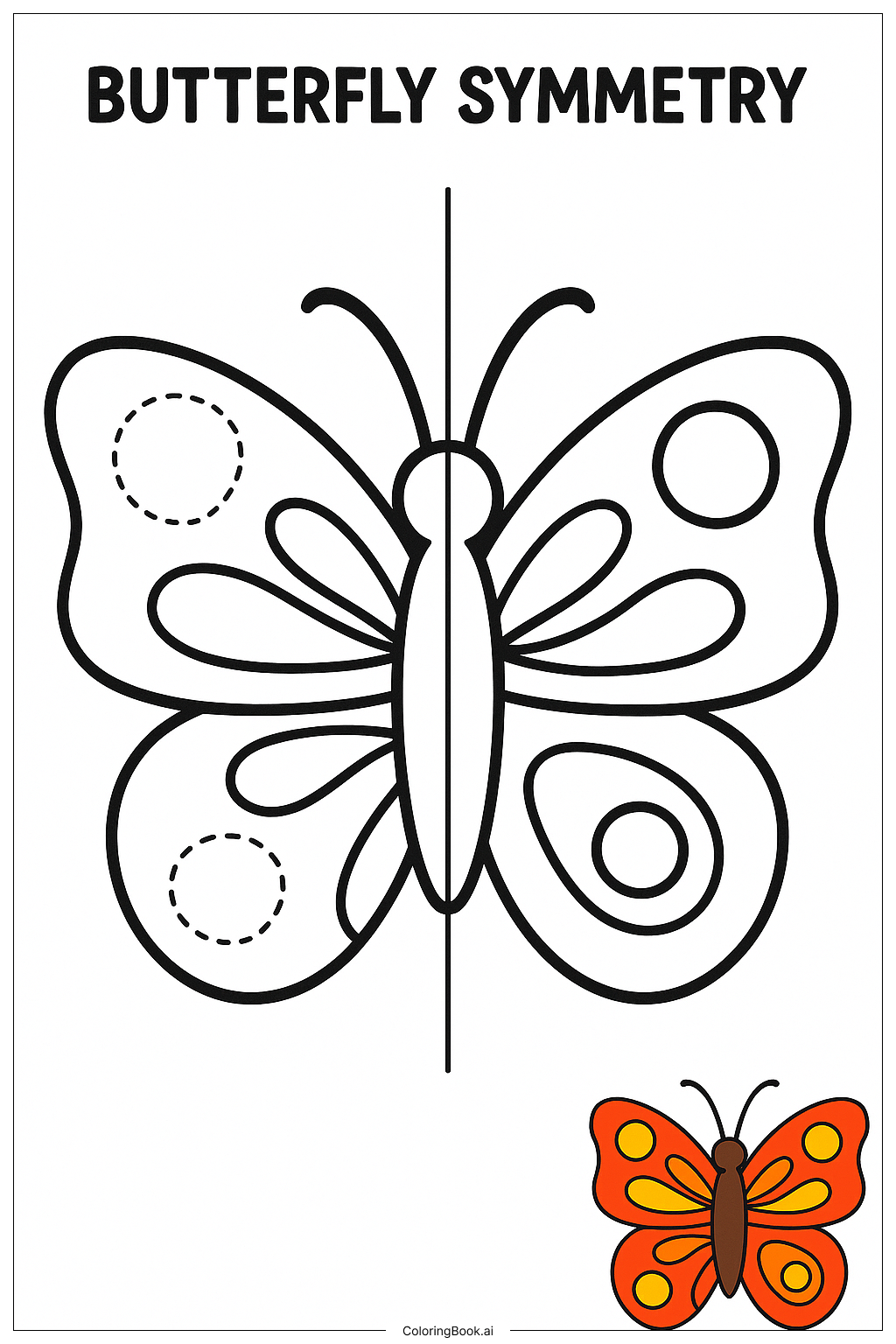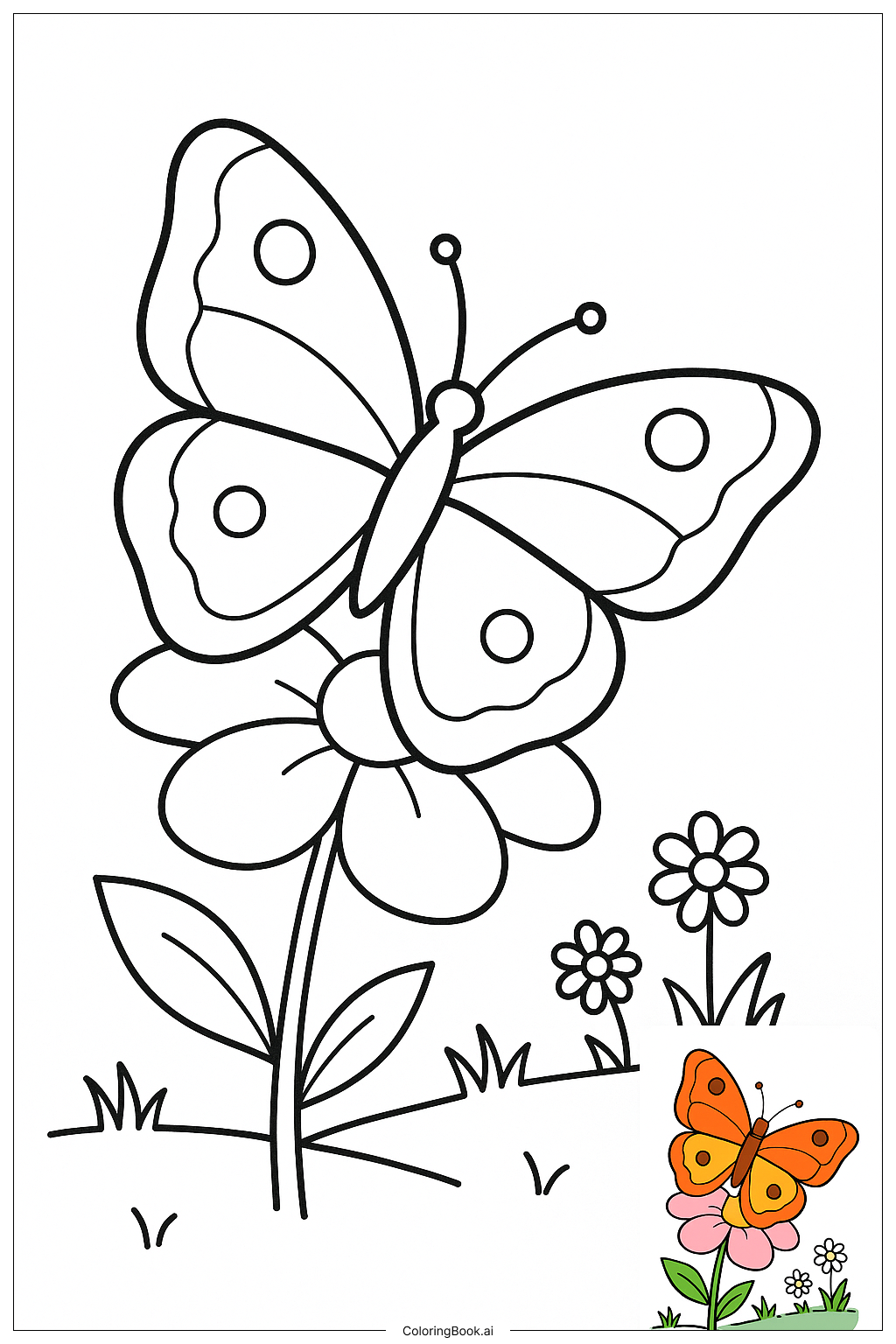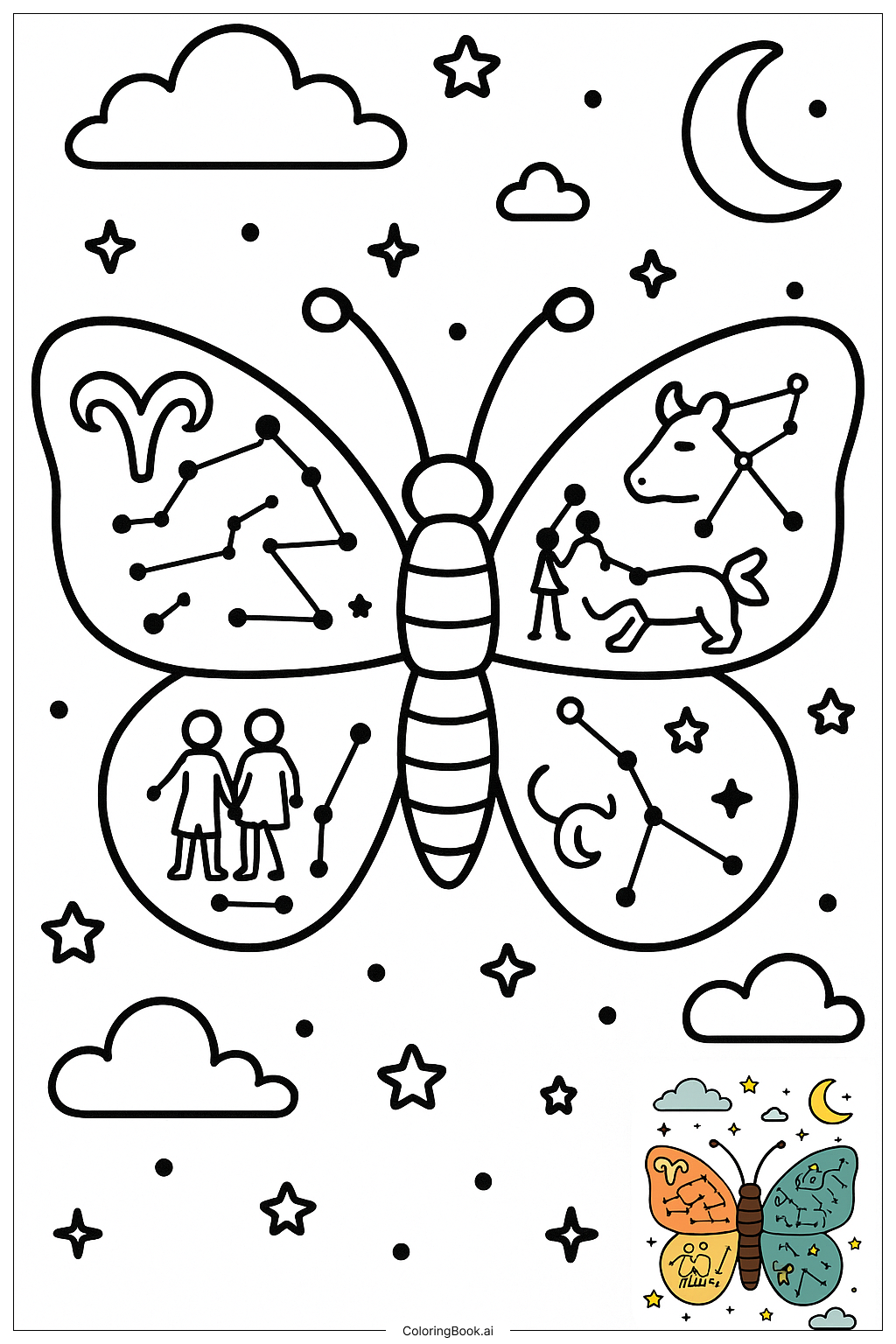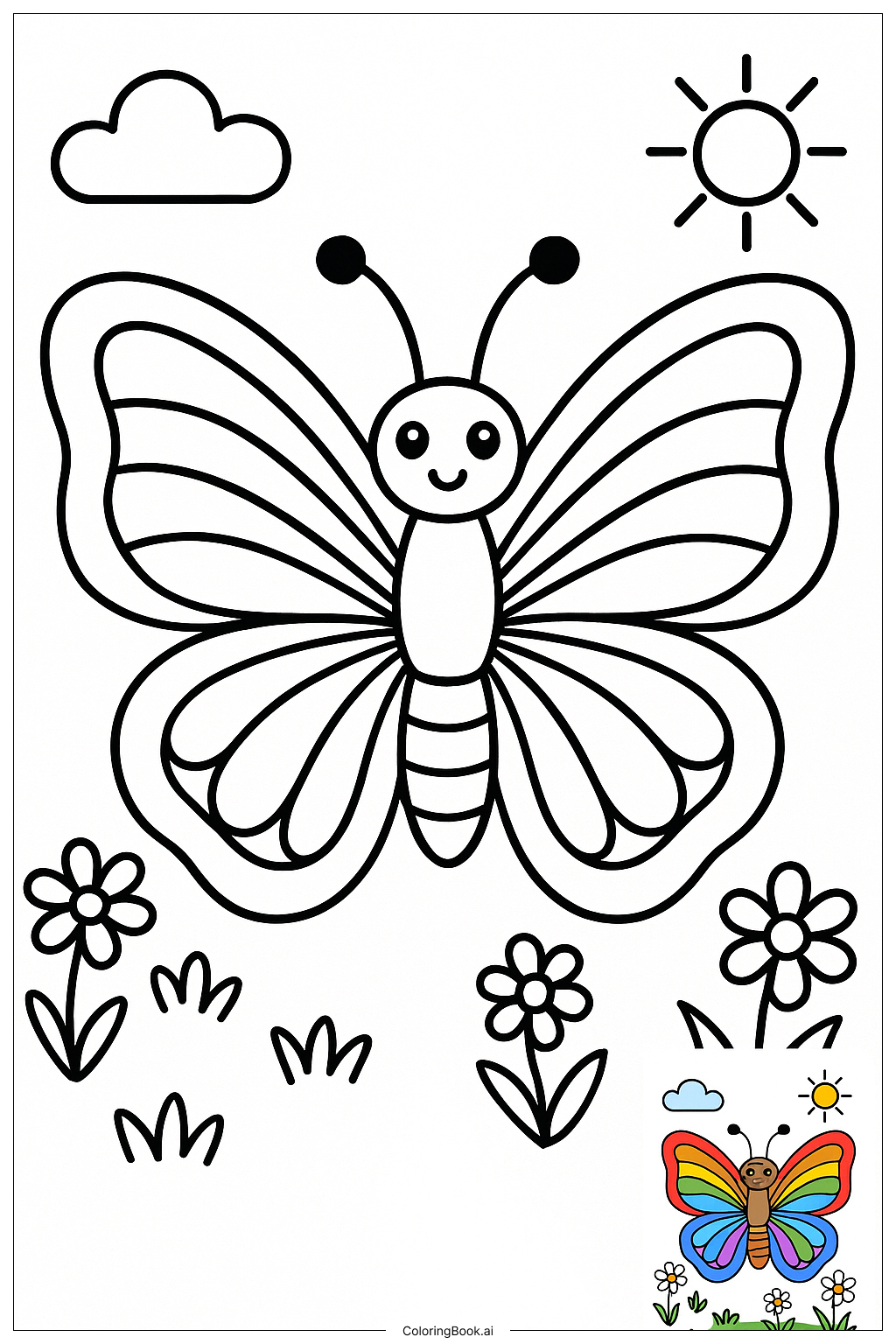Coloring tips: How to color Butterfly Symmetry Practice Worksheet coloring page well?
For this butterfly coloring page, choose vibrant colors like bright yellows, blues, and reds for the wings. You can use a mix of shades to create depth. Don’t forget to color the body in a darker shade, like brown or black, to make it stand out. Use lighter tones for the smaller sections within the wings for contrast. Feel free to experiment with patterns, like stripes or dots, in different colors. This will make the butterfly look unique!
Coloring challenges: Which parts are difficult to color and need attention for Butterfly Symmetry Practice Worksheet coloring page?
1. Symmetry: Ensuring both wings are colored the same can be tricky. Kids may find it challenging to remember the colors they used on one side. 2. Intricate patterns: The butterfly’s wings have small shapes and curves, requiring careful coloring. Younger children may struggle with staying within the lines. 3. Color choices: Choosing colors that complement each other may be difficult. Some kids might feel overwhelmed by too many options. 4. Patience: Coloring the fine details takes time and focus. Some children may rush and miss parts without realizing. 5. Mixing shades: Blending different tones for a more natural look requires practice and technique that some children might not have yet.
Benefits of coloring books: Advantages of drawing Butterfly Symmetry Practice Worksheet coloring page
Coloring this butterfly helps improve motor skills as children practice staying within the lines. It encourages creativity, allowing kids to explore different color combinations and patterns. The activity promotes focus and patience, as they work on detailed areas. Moreover, it introduces concepts of symmetry in an engaging way. Coloring can also be a relaxing activity, reducing stress and promoting mindfulness. Overall, it’s a fun way for children to express themselves artistically.




